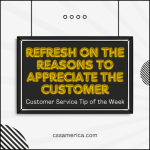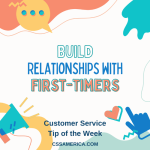It’s a core management belief – if you want to change the behaviors of employees, you need to reward and recognize those desired behaviors, because some people are motivated by the carrot, by the incentive.
Benedictine University is applying that philosophy to its customers – namely, its students. In the article Benedictine University Announces Student Success Award, one the approaches that Benedictine is taking to improve Student Success is highlighted. The University has enacted a program for “students in good standing (a GPA of 3.0 or higher) who are on track to complete their online degree within a designated period of time.” Essentially, if they meet the criteria, the University may offer awards that defray from $1,000-$10,000 of their remaining tuition.
If you read many of the studies and best practices about Student Success, particularly in community colleges, the vast majority are internally focused on programmatic, orientation-based, or advising-related initiatives. But if we view Student Success as a partnership between the college and the student, community colleges also need to look about how they can affect student behaviors, how they can motivate the students to Succeed, how they can align student “incentives” with organizational goals.
When you’re planning your Student Success strategy, ask yourself “How can I motivate the students to succeed?”
Learn about our CSS Education services at: http://cssamerica.com/cssed.htm
Interested in improving your educational organization’s customer/student satisfaction? See our other blog posts at: http://serviceadvice.cssamerica.com/category/education/





















